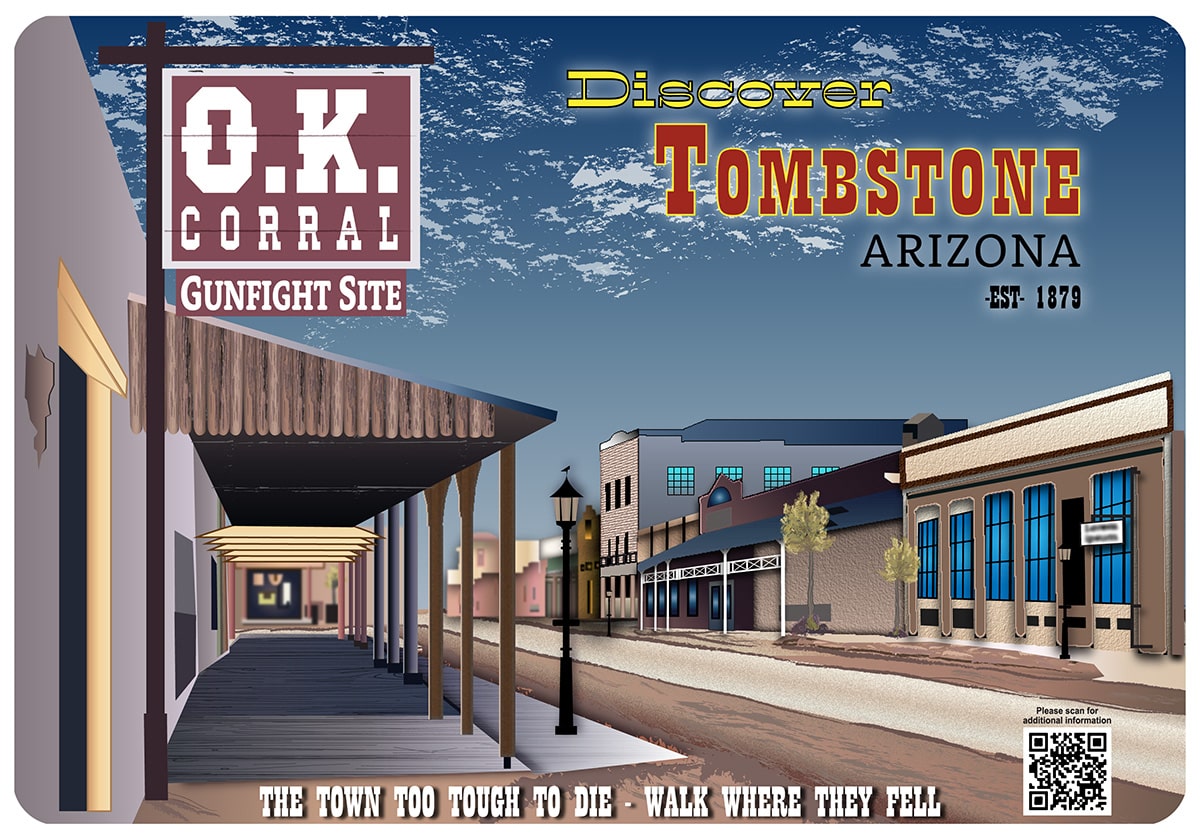DIG 208: After Effects I
Learn motion graphics for today's media applications
Adobe After Effects is a powerful application for motion graphics and visual effects for film and video. After Effects is used for broadcast graphics, music videos, feature films, video rotoscoping, corporate presentations, and conferences. In this online After Effects course, you can study with a leading animator and learn how to use After Effects to create sophisticated motion graphics—using text and object animations, compositing videos and images, and adding audio and effects. You'll learn how to set keyframes on a timeline and work with transform properties, motion paths, masks, effects, and more.
About This Course
Project-Based Learning
Creative motion graphics projects include 2D animation, squash and stretch,
A 15-second TV preview, rotoscoping, compositing, and audio integration.
What Skills Will I Develop?
Students in this course can expect to learn to:
- Develop effective color schemes for design scenarios based on an understanding of color harmony.
- Plan and develop an After Effects composition on a timeline utilizing keyframes and anchor points.
- Apply transform properties: Anchor Point, Position, Scale, Rotation, and Opacity, and work with multiple layers of content.
- Utilize three kinds of interpolation: linear, Bezier, and hold to define the relationships between keyframes.
- Develop the skills to make original animations with text and objects.
- Create and import masks, layer masks, and backgrounds from Photoshop and combine video and still images with Photoshop artwork.
- Experiment with blending modes to correct color, lighting, and sharpness in video footage and still images.
- Implement the basics of rotoscoping to composite a video.
- Slow down and speed up movie clips through time remapping.
- Utilize painting and erasing tools to add or remove elements from a movie.
- Gain techniques for introducing audio into After Effects projects.
What Software and Supplies Do I Need?
- Computer with Internet connection.
- Adobe After Effects and Adobe Photoshop.
- Basic experience in Photoshop.
Course Instructor(s)
The course is taught by the following instructor(s):

Sara Wade is a motion designer, animator, illustrator and educator who has worked for clients across the globe for over two decades. She has developed curriculum, created courses and taught for universities and schools for over 15 years.
Course Outline
Intro to After Effects
We will begin by familiarizing you with the many facets of the After Effects interface. After an introduction to some real-world After Effects applications, you'll dive right into using the basic features of the program. First you'll learn how to create, copy, and nudge keyframes in order to develop your first composition on a timeline. Then you'll learn the purpose of the transform properties (Anchor Point, Position, Scale, Rotation, and Opacity) and explore how to work with multiple layers.
Motion Paths and Interpolation
Let's explore how to customize motion paths to create realistic-looking animations. By delving further into keyframe interpolation, you will learn to use easing and velocity to gain control over motion in your animations. You will also learn how to paste motion paths from other programs into After Effects and zoom in and out of panels to get a better view of your intricate keyframing handiwork.
Text and Effects
After Effects allows you to manipulate text with considerable control and finesse, which explains why it's a favorite for television and film titling. This week, you will learn to use the Text tool along with text animation techniques such as motion blur and text effects presets. You will learn to import and manipulate text from Photoshop.
Masks and Effects
If you're familiar with non-linear editing, you'll have heard about the power of After Effects as a compositing tool. You can combine video files, stills, and Photoshop and Illustrator art (and more) into a single animation. This week's class shows you how. You'll learn to use layer masks to full advantage, creating custom shapes, and pasting them from Photoshop and Illustrator, while using alpha channels to manage transparency. You'll also become familiar with such widely used effects as stroke, scribble, and 3D.
Blending Modes, Time Manipulation, and Painting
This week, you will learn how to add original content or remove unwanted elements from your movies and beautify footage shot in less than ideal lighting conditions. You'll explore how to apply toning and blurring to your images or adjust their saturation and luminosity. You will also learn how to speed up and slow down time with time remapping.
Video, Audio, and Layers
After Effects projects can range from very simple to quite complex. In this final lecture you'll be introduced to keyframe assistants and various other panels and tools that will make your make your projects easier and more efficient. You'll see how After Effects fits into the video production workflow and learn how to organize your files for output.
Frequently Asked Questions (FAQ)
How Do The Courses Work?
Our courses are project-based and instructor-led. In each course you’ll complete a series of lectures, projects, discussions, and critiques designed to stretch your creative skills. Weekly assignment deadlines keep you on track, and with no set-logins or Zoom meetings, you can build your studies around your schedule.
Who Are The Instructors?
Our courses are developed and taught by our industry-leading faculty of creative professionals. This means that you’ll learn in-demand skills, get feedback on your work, and build a portfolio of creative work. View our Student Gallery for featured student projects.
When Can I Start?
Classes start January, April, and August, and this course is completed in a 15-week term. College credit from this course can be applied to a range of Degree and Certificate programs at Sessions College. You can enroll in this course on an individual basis or as part of a program.
Explore our Programs: Bachelor's Degree | Associate Degree | Undergraduate Certificate
How Do I Register?
To register for a program, complete our program application. To register for this course on an individual basis, please contact our admissions team at admissions@sessions.edu. An Admissions Advisor will contact you to setup your enrollment.
| Course Tuition and Fees | |
|---|---|
| Tuition | $350/credit |
| Registration Fee* | $200 |
| Total Course Price | $1250 |
Registration fees are nonrefundable after 5 days from enrollment.
Is Sessions College Accredited?
Yes. Since 2001, Sessions College has been accredited by the Distance Education Accrediting Commission (DEAC). The Distance Education Accrediting Commission is listed by the U.S. Department of Education as a recognized accrediting agency and is recognized by the Council for Higher Education Accreditation (CHEA).
RELATED PROGRAMS AT SESSIONS COLLEGE:


